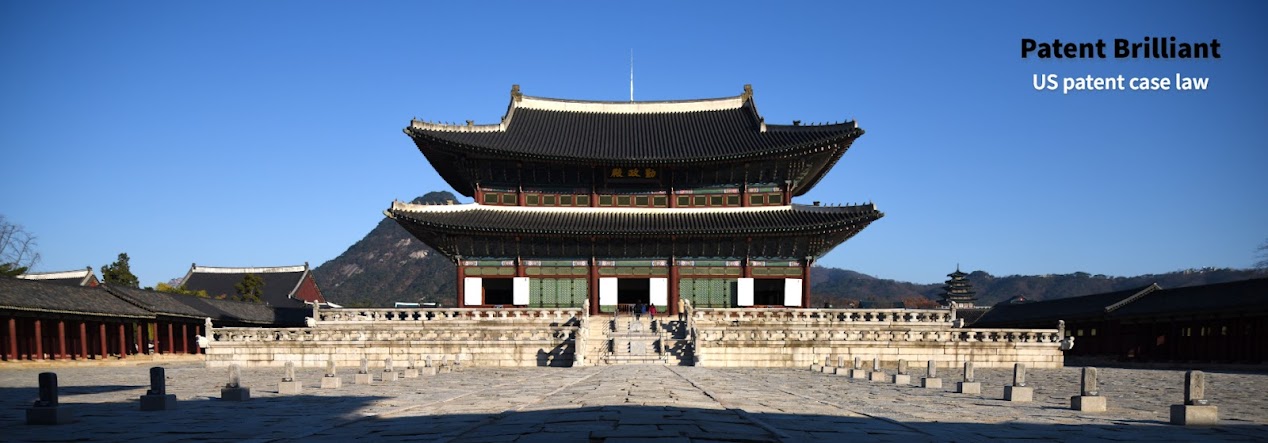Graham v. John Deere Co., 383 U.S. 1 (1966)
본 사건은 US Supreme Court (연방 대법원) 가 nonobviousness (비자명성) 요건에 대하여 확인한 판결이다.
I. Nonobviousness 의 특허요건으로의 제정
Congress는 헌법이 부여한 권한 즉, Federal patent power 에 근거하여 특허법을 제정하게 되는데, 최초의 특허법은 특허요건으로 novelty 와 utility 만을 규정하였다. 헌법 (Constitution, Art. I, § 8, cl. 8) 에 규정된 Congress 의 Federal power 는 다음과 같다:
To promote the progress of … useful arts, by securing for limited times to … inventors the exclusive right to their .. discoveries.
이후, Supreme Court는 Hotchikiss v. Greenwood (1851) 사건에서, 특허 받기 위한 skill and ingenuity 의 수준이 통상의 기술자 (당시는 ordinary mechanic) 에 의한 개선 보다는 높아야 한다고 판결하였다.
This Court additionally conditioned the issuance of a patent upon the evidence of more ingenuity and skill than that possessed by an ordinary mechanic acquainted with the business.
이러한 Supreme Court 의 판결을 반영하여, Congress는 Patent Act (1952) 에서 nonobviousness를 법정 특허요건으로 추가하게 되었다.
§ 103. Conditions for patentability; non-obvious subject matter
A patent may not be obtained though the invention is not identically disclosed or described as set forth in section 102 of this title, if the differences between the subject matter sought to be patented and the prior art are such that the subject matter as a whole would have been obvious at the time the invention was made to a person having ordinary skill in the art to which said subject matter pertains.
II. Nonobviousness 요건의 판단
§103은 patentability 에 대한 practical 한 검토를 가능하게 하였다. 즉, patentability 는 법률적 해석의 문제 (question of law) 이지만, nonobviousness 는 사실탐구의 문제 (factual inquiry) 를 기반으로 해야한다. 따라서, 다음의 질의를 근거로 nonobviousness 를 판단하여야 한다:
- the scope and content of the prior art; (선행문헌의범위와 내용을 확정)
- the differences between the claimed invention and the prior art; and (청구된 발명과 선행문헌의 차이점을 판단)
- the level of ordinary skill in the art. (상기 판단 기준은 당해 기술분야의 통상의 지식을 가진 자)
상기 사실 판단에 부가하여, secondary considerations를 고려할 수 있는데, 왜냐하면 secondary consideration은 claimed invention 의 대상 (origin of subject matter) 을 둘러싼 상황에 대한 것들로써, nonobviousness 판단을 위한 factual inquiry와의 관련성이 존재하기 때문이다. 다음의 것이 있다:
- commercial success;
- long felt but unsolved needs; and
- failure of others.
III. Graham 사건의 사실관계와 판결
본 사건은 Graham 의 특허 즉, 돌 섞인 흙을 쟁기질 할 때 쟁기에 손상이 가는 것을 방지하기 위한 충격흡수 수단을 구비한 “US2,627,798; Clamp for vibrating shank plows”에 대하여, 서로 다른 결론을 내린 5th Circuit (저렴하고 유익한 방법으로 공지의 결과를 획득하는 공지의 결합이므로특허 유효) 과 8th Circuit (공지의 조합에의하여 새로운 결과 도출에 실패하였으므로 특허 무효) 의 판결을 병합하여, Supreme Court가 판결한 것이다.
Supreme Court는 Justice Clark의 의견으로써, 다음과 같은 사유로 claim 1은 prior art 에 대하여 자명하다고 판결하였다.
- Hinge plate 가 shank 하부로 이동한 것 외에는 '798 claim elements 전부가 prior art 에 존재하고,
- 특허권자가 주장하는 효과 (shank flexes away from hinge plate) 는 동일한 동작관계 (mechanical operation) 에서 기인하는 것에 불과하며,
- claim 1의 구성상의 차이점이라는 것이 단순한 마찰접점 (wear point) 의 이동에 불과

